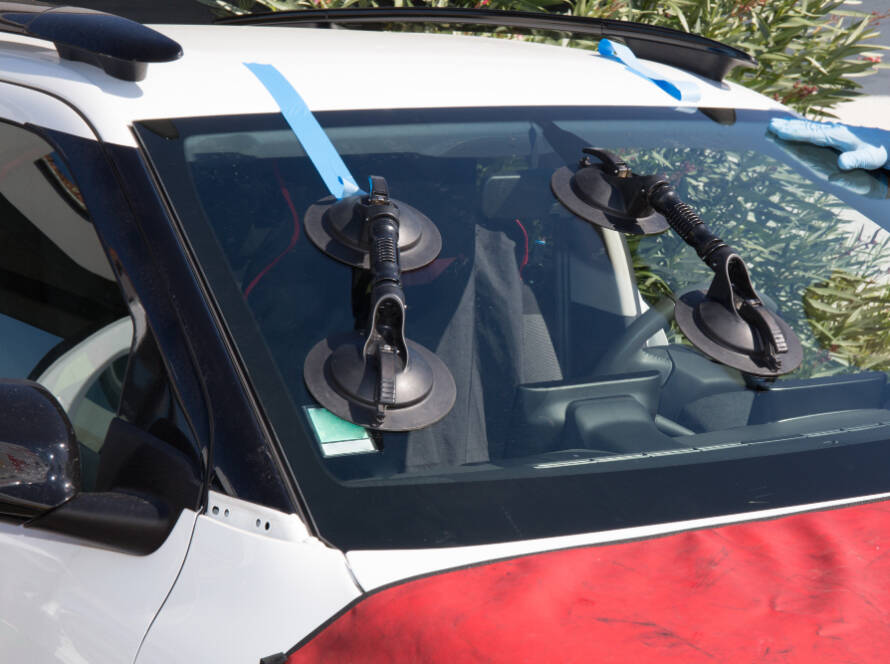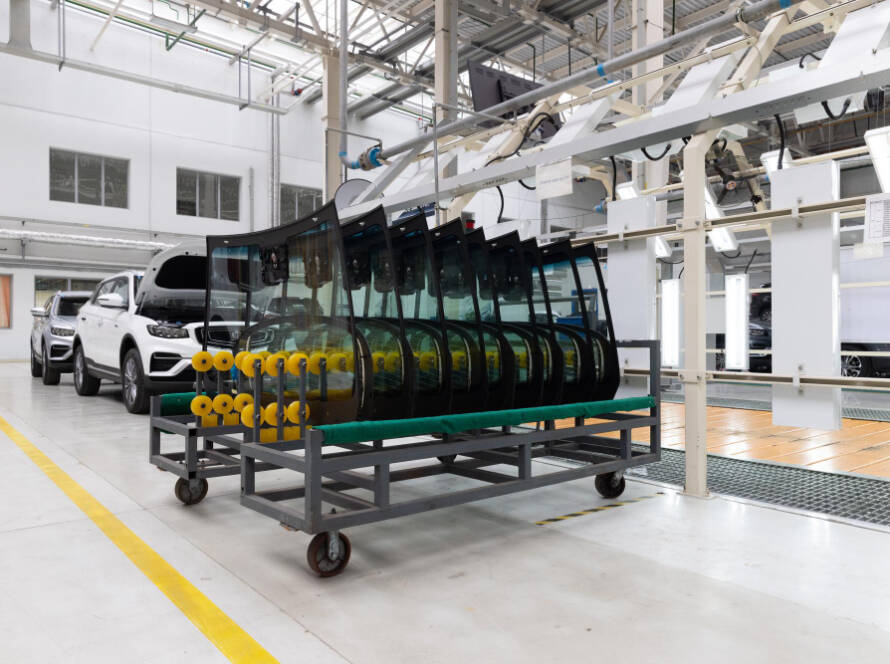In the world of rail transportation, performance is more than speed; it’s about efficiency, aerodynamics, passenger experience, and smart material integration. While engines and propulsion systems often get the spotlight, there’s one component that quietly revolutionizes rail efficiency: glass.
Yes, glass! Specifically, advanced transit glass engineered for high-speed applications plays a vital role in reducing drag, enhancing fuel economy, and contributing to the overall aerodynamic profile of modern trains.
At the forefront of this evolution, TPRS proudly introduces a defining innovation and capability: the Nosecone Windshield.
The Overlooked Aerodynamic Factor: Glass
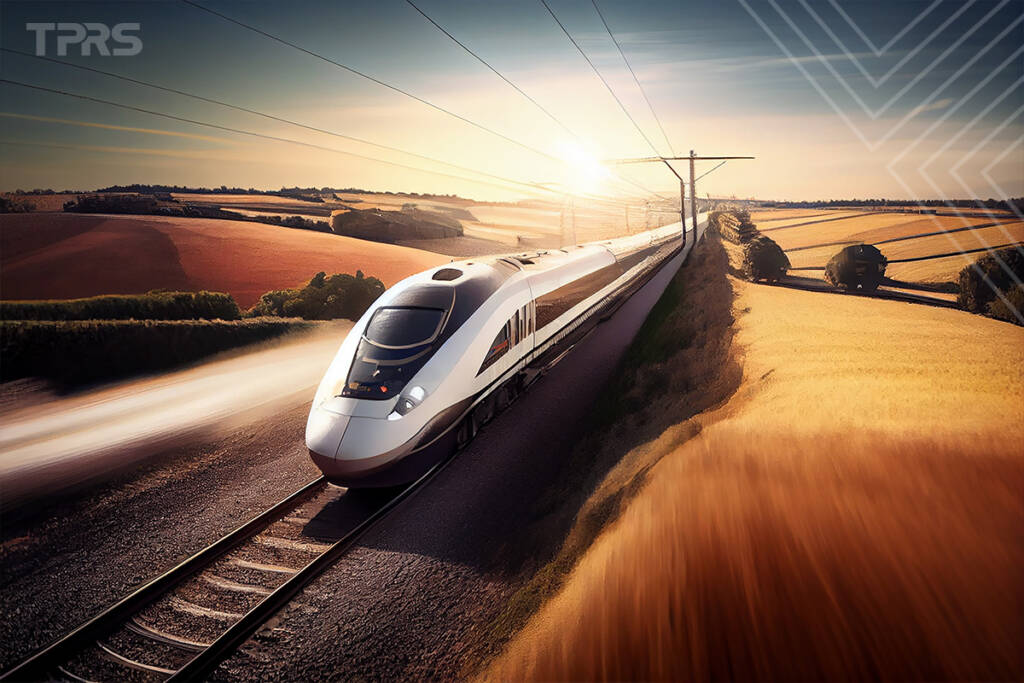
Trains moving at high speeds face constant resistance from air i.e., aerodynamic drag. The faster a train travels, the more energy it needs to overcome this resistance. This is where train design becomes crucial, especially the front-end shape and the integration of smooth, aerodynamic materials like curved glass windshields.
When designed properly, glass does more than offer visibility; it helps reduce turbulent airflow around the train’s body. Curved, seamless glass reduces interruptions in the exterior surface, minimizing drag and lowering the energy required to maintain top speeds.
Introducing the Nosecone Windshield by TPRS
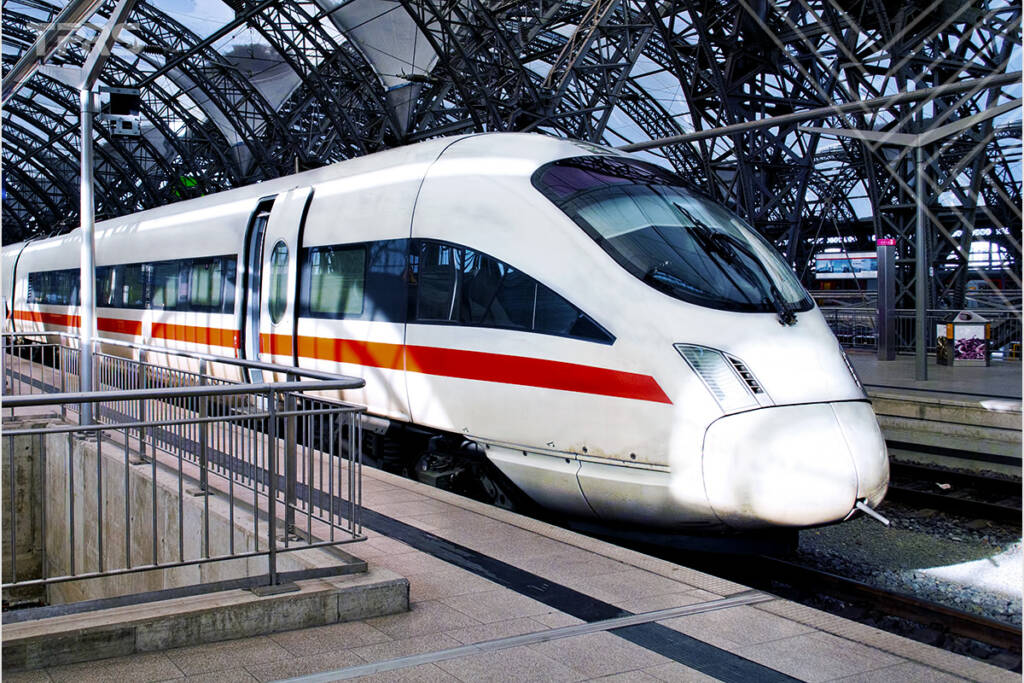
To address these challenges with precision, TPRS is producing the Nosecone Windshield, a milestone in aerodynamic windshield design specifically developed for semi-high speed trains and metro systems.
This revolutionary glass solution reduces drag, supports higher speeds, and contributes to lower fuel consumption, making it a cornerstone in sustainable and high-performance rail systems.
This innovation signals TPRS’s commitment to pushing the boundaries of mobility design and development.
Why Aerodynamics Matters in High-Speed Rail
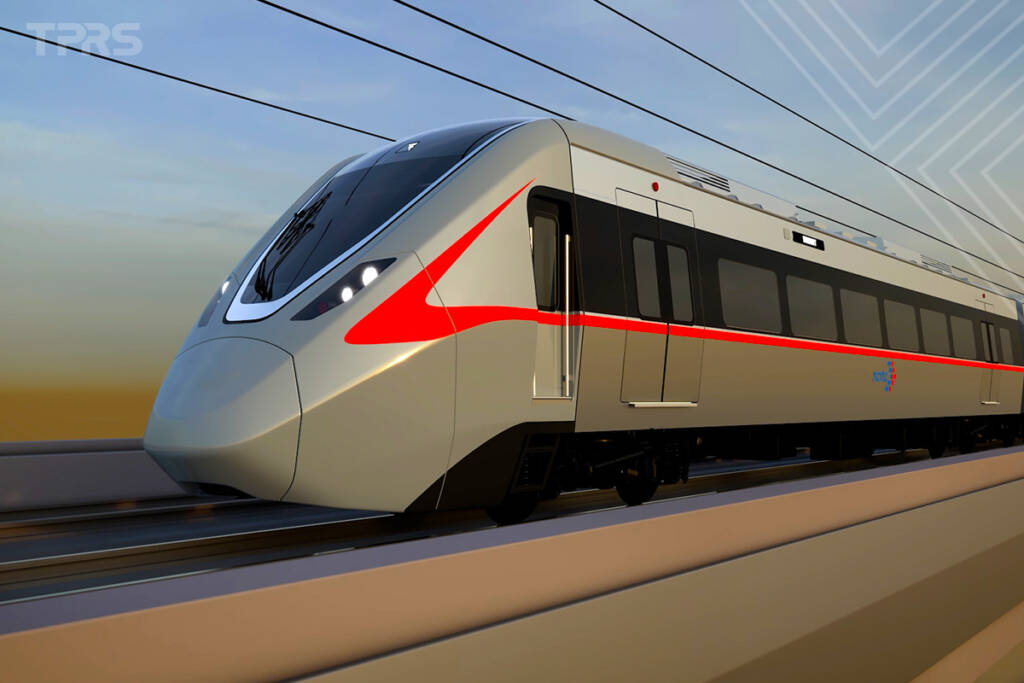
In a train, aerodynamic drag accounts for up to 90% of resistance once the train is moving. Even minor inefficiencies in train shape or material transitions can cause significant energy loss over time.
This is where advanced glass comes in:
- The curved glass design reduces pressure zones on the train’s nose.
- Precision fit reduces noise and vibration caused by air resistance.
- Weight-optimized construction contributes to a lighter front end.
The TPRS Nosecone Windshield is engineered with all of this in mind. It’s lightweight, optically clear, and built to withstand pressure fluctuations—even at top speeds.
Beyond Efficiency: Strength, Safety & Design
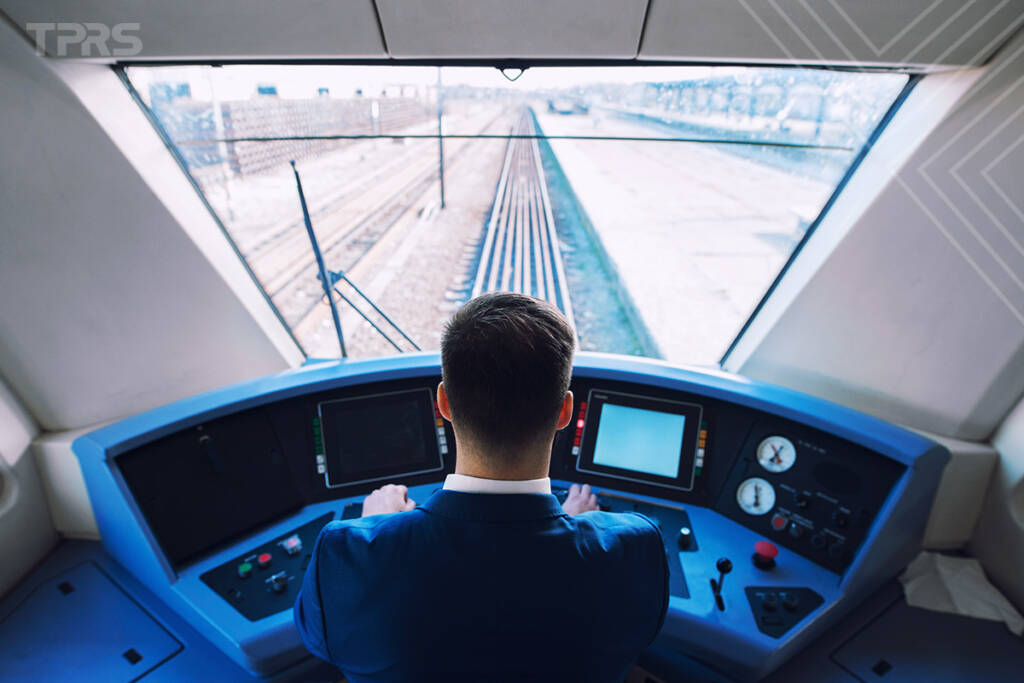
Glass on trains must do more than look sleek or cut through wind, it has to perform under pressure. TPRS leverages high-grade laminated and tempered safety glass, designed to:
- Withstand wind loads at extreme speeds.
- Protect against impacts from debris.
- Maintain clarity under changing weather and lighting conditions.
- Resist scratching, delamination, and discoloration.
The Nosecone Windshield also offers UV protection and thermal resistance, increasing passenger comfort and reducing strain on HVAC systems, yet another layer of energy efficiency.
Smart Glass and Future Integration
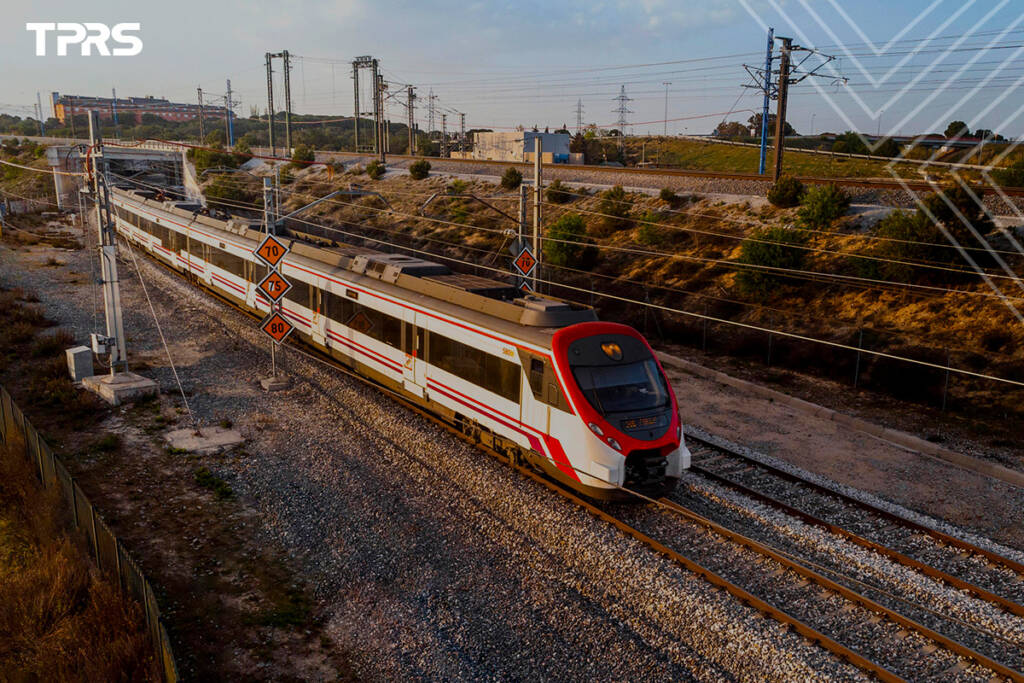
The future of transit glass isn’t just aerodynamic rather it’s interactive. TPRS is already exploring smart glass technology integrations, such as Electrochromic (switchable) glass for controlling glare and heat.
While the Nosecone Windshield currently leads in aerodynamic and structural performance, its design is modular and ready for these intelligent features offering future-proof compatibility.
Engineering Excellence at TPRS
What makes the Nosecone Windshield truly stand out isn’t just its sleek form but rather the process behind it.
Every Nosecone windshield is:
- Digitally modeled for precision curvature.
- Tailored to exact aerodynamic requirements.
- Tested for pressure resistance, thermal durability, and optical clarity.
- Customized per train model and manufacturer requirements.
TPRS’s in-house R&D and manufacturing teams ensure every product meets international standards for rail transit applications while offering design flexibility for OEMs.
Conclusion: A Clear Path Forward
As the rail industry moves toward faster, cleaner, and smarter transportation, every component must rise to meet the challenge. The Nosecone Windshield by TPRS is a clear example of how glass is no longer just a window but a critical part of the train’s performance architecture.
Glass innovation is now on track to shape the next generation of high-speed rail.




